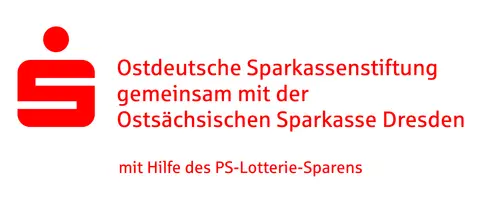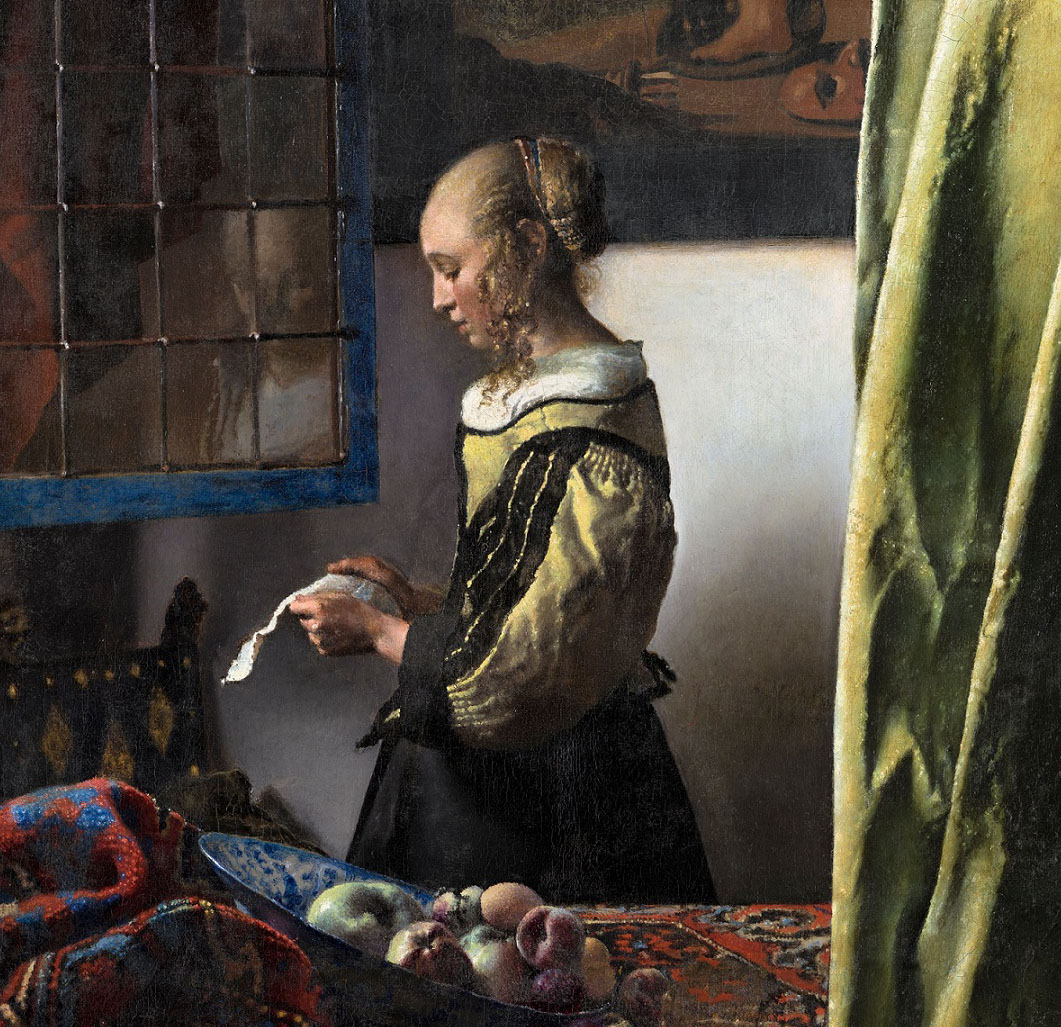Invitation to the press conference on ‘Women as Woodworkers’ and ‘Easter at the Jägerhof’
02 April 2025Ab dem 5. April 2025
From 5 April 2025, the Museum für Sächsische Volkskunst (Museum of Saxon Folk Art) of the Staatliche Kunstsammlungen Dresden (SKD, Dresden State Art Collections) will be paying tribute to regional crafts in ‘Easter at the Jägerhof’ and in a special exhibition on women as woodworkers. Throughout the museum, sprigs of budding branches hung with delicately decorated eggs, a wide range of interesting events, and skilful folk artists will put visitors in the mood for the festive season of Easter. At the same time, the new exhibition on the second floor will draw attention to the often-overlooked role of women in Saxony’s long-standing tradition of producing decorative wooden figures. In March 2025, their craft was acknowledged as an intangible cultural heritage by the UNESCO as part of the artisan craftwork of the Ore Mountains.
Carpentry, woodturning, wood carving, and toy making tend to be regarded as male-dominated trades. However, women have always been significantly involved in the production and design of angels, miners, and other ‘Männel’ (little men), especially in the Ore Mountains region. The special exhibition, the German title of which is ‘Frauen machen Männel’ (literally: Women Make Little Men), focuses on these women woodworkers, telling their stories, and honouring their contribution to Saxony’s cultural heritage. Visitors can sit down at tables and immerse themselves in the atmosphere of a domestic workshop, coming into contact with the artists and their works on equal footing. The exhibition combines historical with modern and contemporary objects to show the development and continuity of women’s involvement in woodworking. The scope of the exhibition ranges from figures and figural groups by the Seiffen woodcarver Auguste Müller (1847-1930), of which the museum owns almost two dozen, to works by female designers from the GDR, down to the modern artist Friederike Curling-Aust (*1976), who has developed her own style of ‘little men’ and enters into dialogue with the traditional products of the woodcarver’s craft. In addition to several dozen objects from the museum’s own collection, loans from Grünhainichen, Seiffen, and Olbernhau create a bridge between past and present.
As a counterpart to the special exhibition, ‘Easter at the Jägerhof’ focuses on male artists. They scraped, dyed, knotted, and painted until dull birds’ eggs became colourful works of art. Surrounded by their works, numerous folk artists will share their knowledge and skills at first hand, inspiring visitors to engage in their own artistic projects, and offering their creations for sale. An extensive accompanying programme of talks, stories and music, guided tours, and workshops will provide additional highlights in the festively decorated museum. On 6 April, for example, you can decorate your own eggs using the traditional Sorbian batik-like wax reserve technique under the guidance of artist Katja Maria Lewek (registration required!). On 12 April, the Dresden-Striesen men's choir will perform a spring concert and on 26 April, Sebastian Walser, research assistant at TU Dresden, will give a lecture on the celebration of Easter in Christianity. Up to 24 April, children and adults can take part in the weekly Creative Thursdays, which were also held over the Christmas period.
Kathi Loch, Director of the Museum of Saxon Folk Art and the Puppet Theater Collection:
With ‘Women as Woodworkers’, we are drawing attention to the fact that female artists have been significantly underrepresented in the Museum of Saxon Folk Art to date. In our permanent exhibition, less than 3 percent of the works on display are attributed to a specific female creator. This special exhibition offers the opportunity to make the work of women in the field of figurative wood design more visible and thus also enables a new look at the diversity of our collection and folk art in general.
Patricia Werner, Director of the Ostdeutsche Sparkassenstiftung:
The special exhibition ‘Women as Woodworkers’ is an important opportunity to honor the often overlooked role of women in figurative wood art, which has a long tradition in Saxony, and to tell their stories. This exhibition is therefore of great importance for Saxony's cultural heritage and we at the Ostdeutsche Sparkassenstiftung, together with the Ostsächsische Sparkasse Dresden, are delighted to support this important project.
Duration
Easter at the Jägerhof: 5 to 27 April 2025
Frauen machen Männel: 5 April to 19 October 2025
(Women as Woodworkers)
Opening hours
Daily 10 am – 5 pm, Closed on Mondays, Open on Easter Monday
as of 28 April 2025: Friday to Sunday 10 am – 5 pm
Admission
Regular € 5, Concessions € 4, Under 17s free of charge, Groups of 10 or more € 4,50 per person
The special exhibition ‘Frauen machen Männel’ (Women as Woodworkers) is co-funded by:
The special exhibition ‘Frauen machen Männel’ (Women as Woodworkers) is co-funded by:


